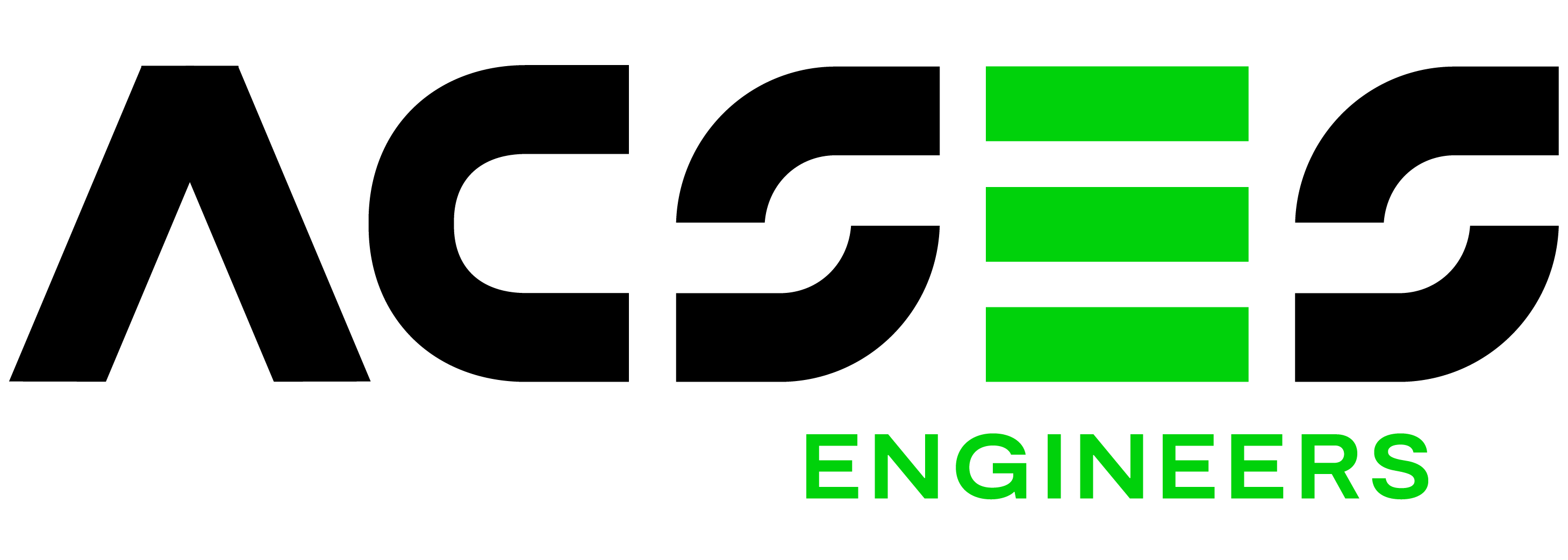Road painting is a natural fit for automation because it requires precise execution according to clear standards. Road painting jobs are can be dangerous and are very labour-intensive. But these automated systems can increase speed, cut cost and improve consistency. It’s definitely the way forward. What do you think?
Archives for Our Industry
The ultimate skyscraper is becoming a reality
A key innovation in building the ultimate skyscraper is making the buildings progressively more and more intelligent…
In 100 years, skyscrapers like the Trump Tower have expanded to 1o-storey bricks to 100+storey steel. All of the skyscraper’s weight is eventually transferred down to the ground, this ultimately takes the strain. The buildings of the modern skyscraper begins out of sight, deep below the earth. Today’s skyscrapers can have foundations more than 100-feet deep but the nature of the ground they rest upon is a crucial factor.
But the big change is still to come. We are going to see buildings in the future progressively become more and more intelligent. The next level of technology is going to be 100+ storeys using active control systems. This technology is already well and truly integrated into our cars, anti-lock brake system, traction control etc. It’s just a matter of time before it becomes standard features to our buildings.
10 greatest women in STEM
In honour of International Day of Women and Girls in Science, we thought we’d highlight ten of the most outstanding women in Science, Technology, Engineering and Mathematics.
Hypatia (355-415 AD)

Hypatia was a mathematician, astronomer, and philosopher who lived in a very turbulent era in Alexandria’s history. She is the earliest female mathematician of whose life and work reasonably detailed knowledge exists. She was, in her time, the world’s leading mathematician and astronomer, the only woman for whom such claim can be made. She was also a popular teacher and lecturer on philosophical topics of a less-specialist nature, attracting many loyal students and large audiences.
Hildegard von Bingen (1098-1179)

German scientist, philosopher, theologian, and composer Hildegard of Bingen devoted half her life to sharing, through her writing, both the insight gained through her visionary experiences and her joy in the Christian faith. Many centuries later, historians still study her texts, and the over 70 chants and hymns she composed continue to be performed and recorded. An influential abbess, Hildegard was considered by historians to be among the most important scientists of her age and perhaps the most significant woman scientist in Medieval Europe. Her written works, which focus on natural history, medicine, and cosmology—a theory about the natural order of the universe—received renewed critical interest in the late twentieth century following a reevaluation of the previously overlooked contributions of female scholarship. In addition to the republication of her many books and letters, a recording of Hildegard’s medieval-styled chants and hymns topped the classical music charts in 1998.
Emily Roebling (1803-1903)
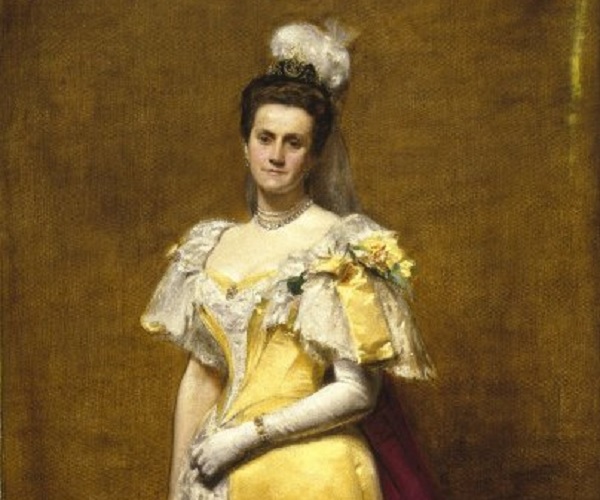
Emily Roebling was American socialite, builder, and businesswoman. She was largely responsible for guiding construction of the Brooklyn Bridge (1869–83) throughout the debilitating illness of its chief engineer, her husband, Washington Augustus Roebling, who had himself taken charge of the project after the death of the bridge’s principal designer, his father, John Augustus Roebling.
Ada Lovelace (1815-1852)

A gifted mathematician, Ada Lovelace is considered to have written instructions for the first computer program in the mid-1800s. The daughter of famed poet Lord Byron, Augusta Ada Byron, Countess of Lovelace—better known as “Ada Lovelace”—was born in London on December 10, 1815. Ada showed her gift for mathematics at an early age. She translated an article on an invention by Charles Babbage, known as the father of computer and added her own comments. Because she introduced many computer concepts, Ada is considered the first computer programmer. Ada died of uterine cancer on November 27, 1852.
Marie Curie (1867-1934)

Marie Curie was the first woman to win a Nobel Prize, in Physics, and with her later win, in Chemistry, she became the first person to claim Nobel honors twice. Born Maria Sklodowska on November 7, 1867, Marie Curie became the first woman to win a Nobel Prize and the first person—man or woman—to win the award twice. Curie’s efforts, with her husband Pierre Curie, led to the discovery of polonium and radium and, after Pierre’s death, the further development of X-rays. The famed scientist died on July 4, 1934.
Lise Meitner (1878-1968)
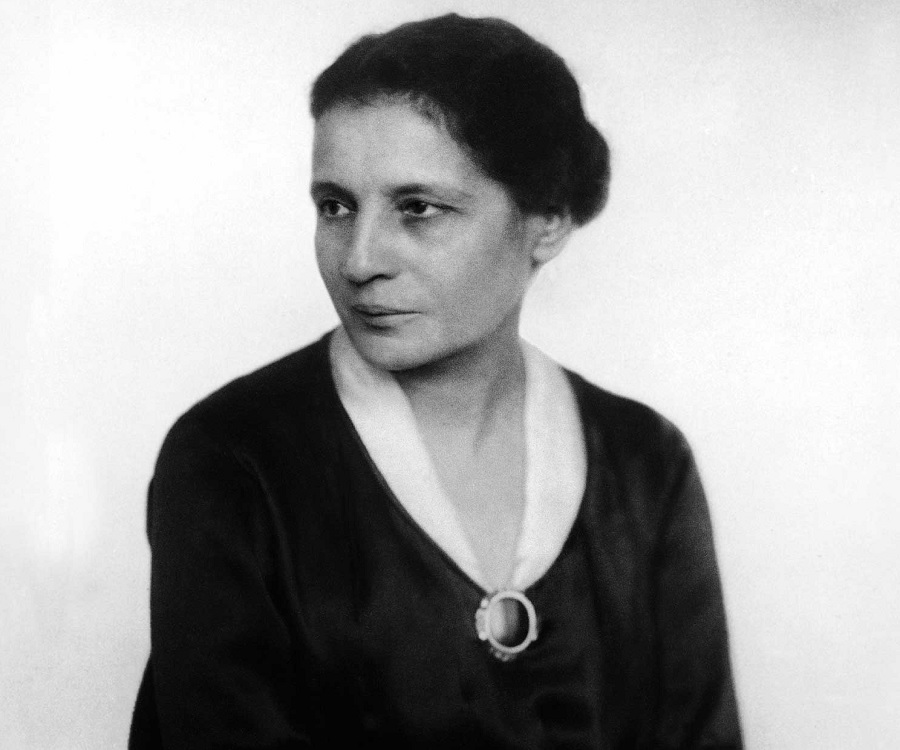
Lise Meitner is a renowned scientist from Austria who was a part of the team led by Otto Hahn that discovered nuclear fission in uranium. Her discovery of the phenomenon where the heavier uranium nucleus disintegrates to form lighter nucleus, heralded a new era in the world of nuclear physics. But sadly enough the Nobel committee ignored her contribution in the discovery and the deserving scientist was prevented from receiving the honour. Meitner always believed in herself and was fiercely independent and never would be seen adhering to the stereotypes. At a time when only a handful of women used to pursue higher education, she earned her PhD from the ‘University of Vienna’, thus becoming the second women to achieve the honour.
Edith Clarke (1883-1959)

Edith Clarke was the first woman to earn an Electrical Engineering degree from MIT. Clarke helped build the Hoover Dam, contributing her electrical expertise to develop and install the turbines that generate hydropower there to this day.
Barbara McClintock (1902-1992)

Barbara McClintock was a renowned American scientist who did pioneering work in the field of cytogenetics. Her theories on gene regulation and discovery of “jumping genes” were a major breakthrough for the scientific world. McClintock’s work was revolutionary in that it suggested that an organism’s genome is not a stationary entity, but rather is subject to alteration and rearrangement – a concept that was met with criticism from the scientific community at the time. However, the role of transposons eventually became widely appreciated, and McClintock was awarded the Nobel Prize in 1983 in recognition of this and her many other contributions to the field of genetics.
Hedy Lamarr (1914-2000)

A true innovator, Lamarr is maybe most famous for being a film actress and pin-up girl in the 1930s and 40s. But she was also a pioneer in wireless technologies. Working with George Anthiel, she deveoped a radio guidance system for torpedoes that used spread spectrum and frequency hopping technology. The principles of her technology can now be found in modern GPS, Wi-Fi, and Bluetooth devices. She was given a special award in 1997 for “trail-blazing development of a technology that has become a key component of wireless data systems.”
Rosalind Franklin (1920-158)
Rosalind Franklin was a British scientist best known for her contributions to the discovery of the molecular structure of deoxyribonucleic acid (DNA), a constituent of chromosomes that serves to encode genetic information. Franklin also contributed new insight on the structure of viruses, helping to lay the foundation for the field of structural virology.
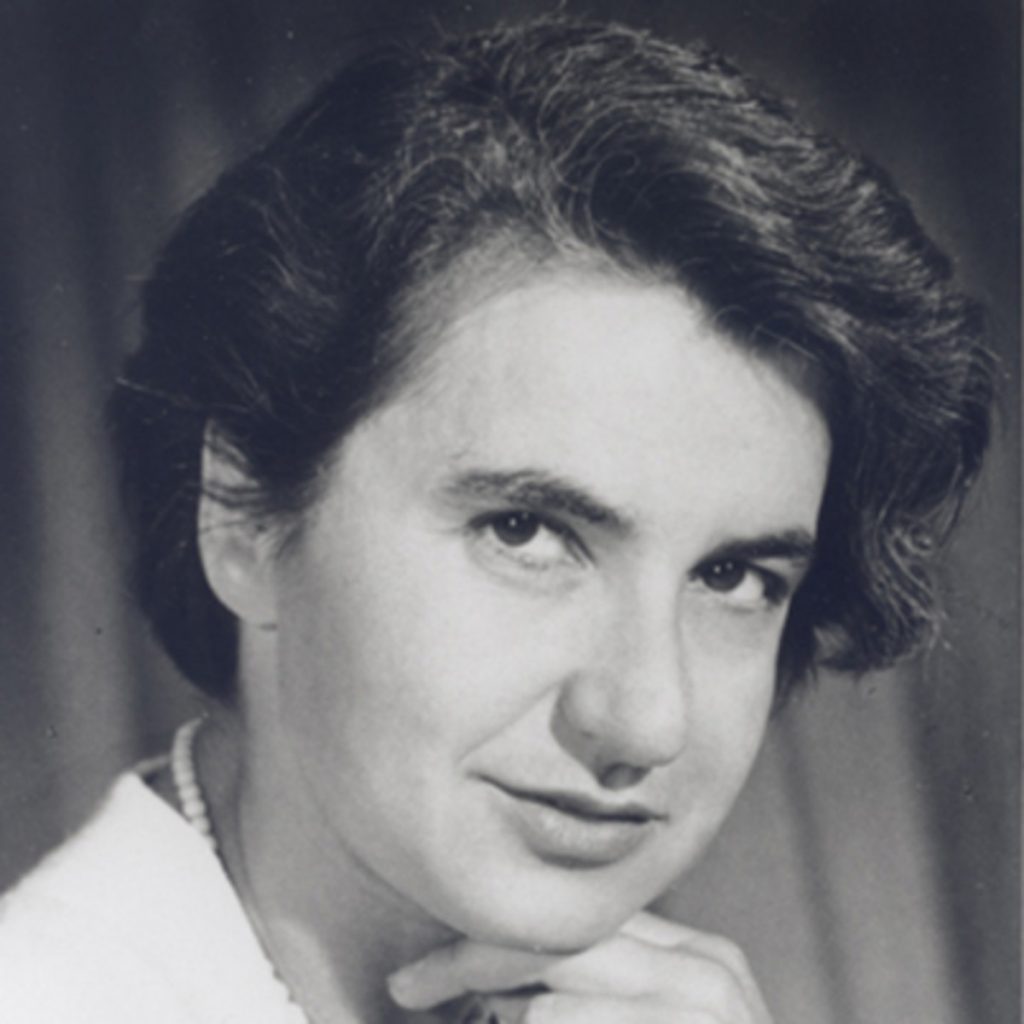
Curve Appeal: The World’s First Freeform 3D-Printed House coming soon
The concept of 3D printed houses is nothing new. But as a result of a Freeform Home Design Challenge hosted by a Tennessee-based startup Branch Technology, Curve Appeal, the world’s first Freeform 3D printed house might soon be coming to a suburb near you.
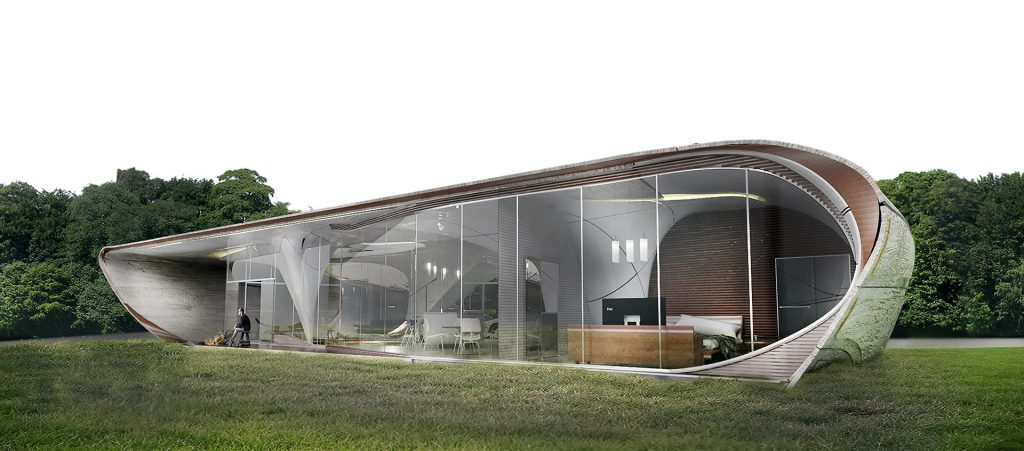
Designed by the competition’s winner – WATG’s Chicago-based Urban Architecture Studio that includes Daniel Caven, Chris Hurst, Miguel Alvarez and Brent Watanabe, this 800-square-foot single-family home will be built in Chattanooga, Tennessee.
According to Branch Technology Founder, Platt Boyd, “Curve Appeal is a very thoughtful approach to the design of our first house. It responds well to the site conditions, magnifies the possibilities of cellular fabrication and pushes the envelope of what is possible while still utilizing more economical methods for conventional building systems integration.”
The design of the house consists of two main components: an interior core and exterior skin. The open and light filled interior living spaces protect occupants from the elements via passive strategies while connecting them to the exterior spaces and nature itself. The exterior skin is derived from simple yet careful calculated archways that ultimately blends with the site leaving an organic presence.
Car-free cities with Superblocks
Imagine a city where you can freely roam the streets without the fear of getting hit by a car?
In Barcelona, they seem to have found the solution with Superblocks. Superblocks (superilles in Catalan), a concept developed by Salvador Rueda, director of the Urban Ecology Agency of Barcelona.
What is a Superblock?
According to Rueda, a Superblock is defined by a grid of nine blocks where the main mobility happens on the roads around the outside the Superblock, and the roads within the Superblock are for local transit only. The one-way system inside the Superblock makes it impossible to cut through to the other side of the Superblock. That gives neighbours access to their garages and parking spaces but keeps the Superblock clear of through traffic.
Pretty cool, right?
The superblocks aim to address the following purposes:
- More sustainable mobility
- Revitalization of public spaces
- Promotion of biodiversity and urban green
- Promotion of urban social fabric and social cohesion
- Promoting self-sufficiency in the use of resources
- Integration of governance processes
Superblock might just be the key to reclaim public space that people lost over the last century. Hopefully we can make it happen in Australia too.
Tackling world hunger with ancient knowledge and cutting-edge technology
Imagine if you could grow food with 97% less water and no chemicals?
That’s exactly what Local Roots Farms, a California based company is doing. They have created TerraFarms that can turn any produce into local produce, anywhere. The TerraFarms are even safer than outdoor operations. By controlling the environment Local Roots, eliminate the plants’ exposure to harmful chemicals, harmful bacteria and other pathogens.
Traditional farming and TerraFarming are almost the same. They use the exact same seeds, exact same minerals and nutrients, and exact same light wavelengths to activate photosynthesis. The main differences are that the light is provided by LED lights instead of the sun and they have removed soil so that plants can directly access dissolved nutrients in the water (what they use anyways!)
In contrast to conventional farms, evaporation and soil seepage do not remove water from the TerraFarms. As the water runs through the farm, any water that’s not taken up by plant roots is recaptured, re-filtered, and recirculated into the system.
A new spray-on concrete will make buildings earthquake proof
Researchers from the University of British Columbia, under the leadership of Professor Nemkumar Banthia, developed a brand-new type of concrete, which can be sprayed onto walls, and will successfully protect buildings from being damaged in the event of even major quakes. This is possible thanks to a fibre-reinforced design which allows the concrete to bend, rather than fracture when it is violently shaken.
“By replacing nearly 70 percent of cement with flyash, an industrial byproduct, we can reduce the amount of cement used,” said Banthia. “This is quite an urgent requirement as one tonne of cement production releases almost a tonne of carbon dioxide into the atmosphere, and the cement industry produces close to seven percent of global greenhouse gas emissions.”
“This UBC-developed technology has far-reaching impact and could save the lives of not only British Columbians but citizens throughout the world,” said Advanced Education, Skills and Training Minister Melanie Mark. “The earthquake-resistant concrete is a great example of how applied research at our public universities is developing the next generation of agents of change. The innovation and entrepreneurship being advanced at all of our post-secondary institutions is leading to cutting-edge technologies and helping to create a dynamic, modern B.C. economy that benefits all of us.”
The research was funded by the UBC-hosted Canada-India Research Centre of Excellence IC-IMPACTS, which promotes research collaboration between Canada and India. IC-IMPACTS will make EDCC available to retrofit a school in Roorkee in Uttarakhand, a highly seismic area in northern India.
The Great Green Wall of Africa
The Great Green Wall is an African-led project with an epic ambition: to grow an 8,000km natural wonder of the world across the entire width of Africa. Its goal is to provide food, jobs and a future for the millions of people who live in a region on the frontline of climate change.




A fantastical and almost impossible-sounding initiative, it was first conceived in 2005 by the former President of Nigeria, Olusegun Obasanjo, as a way to create an ecological barrier against the expanding Sahara desert – ultimately, to contain it. It has since evolved into a more ambitious pan-African movement, which aims to provide food, agriculture jobs and security for millions of people across the region. The partner countries are Algeria, Benin, Burkina Faso, Cape Verde, Chad, Djibouti, Egypt, Eritrea, Ethiopia, Ghana, Libya, Mali, Mauritania, Niger, Nigeria, Senegal, Somalia, Sudan, The Gambia and Tunisia. The “wall” will cross these countries and it will be grown from the ground up, from trees and vegetation that will help to offset carbon dioxide emissions and restore land degradation.
The project will be supported by the World Bank, the African Union, the UN Food and Agriculture Organization and the UK Royal Botanical Gardens, which have together pledged $3 billion in addition to technical expertise.
A key partner in the initiative, the Head of the UN Convention to Combat Desertification (UNCCD), Monique Barbut, says, ‘The Great Green Wall is a symbol of hope not just for Africa, but for the whole world. It shows us that, by working with rather than against our natural environment, we can grow solutions to humanity’s greatest challenges, like climate change and migration.’
Once completed, this colossal feat of human endeavour will be the largest living structure on the planet – three times the length of the Great Barrier Reef.
World’s five oldest dams still in use today
We could not possibly imagine a world without dams. Reservoirs created by dams not only suppress floods but also provide water for activities such as irrigation, human consumption, industrial use, aquaculture, and navigability. Here are five of the world’s oldest dams which are still in use today.
Kallanai Dam (Grand Anicut)
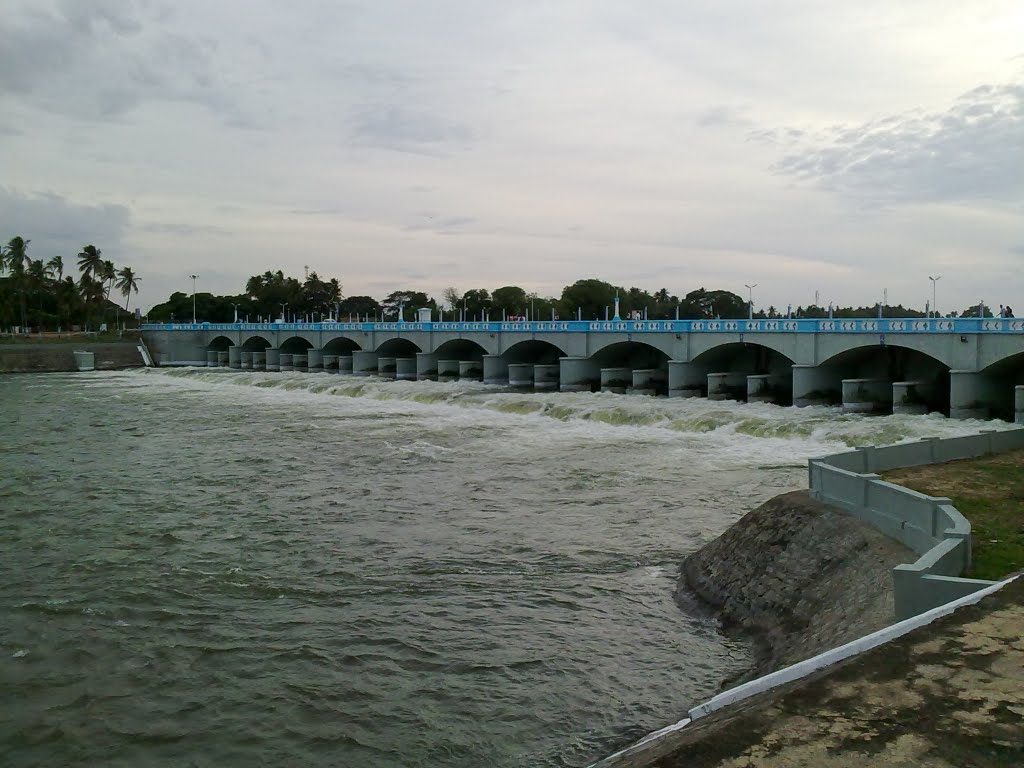
The Kallanai Dam was built during the second century AD by Karikalan, a king of southern India’s old Chola Dynasty and is also one of the oldest irrigation systems in the world that is still in use. The purpose of the dam was to divert the waters of the Kaveri across the fertile Thanjavur delta region for irrigation via canals.
Sayama-ike Dam
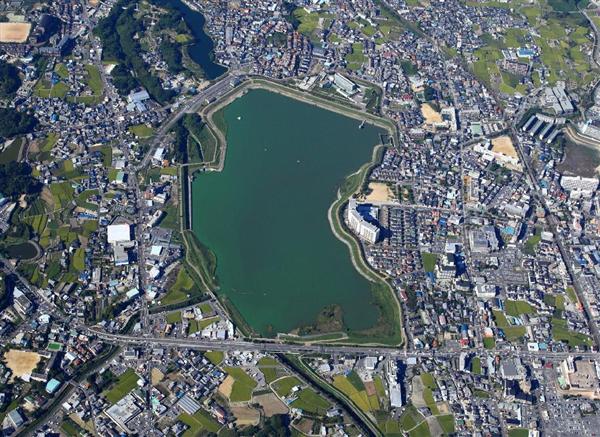
The Sayama-ike Dam was constructed about 1,400 years ago by the order of the Emperor of the time, who said, “There is a shortage of water in Sayama area, which is likely to pose an obstacle to farming. Dig more ponds to promote agricultural development”. This event is recorded in the oldest history book in Japan. The Sayamaike Dam, which is the oldest artificial reservoir in Japan, and whose irrigation system has been used for a very long time, has been rehabilitated and modernized repeatedly since its operation. It is still in use as an agricultural water system.
Proserpina Dam, Spain

The Proserpina Dam is a Roman gravity dam in Badajoz (province), Extremadura, Spain, dating to the 1st or 2nd century AD. It was built as part of the infrastructure which supplied the city of Emerita Augusta with water. After the fall of the Roman Empire, the aqueduct leading to the city fell into decay, but the earth dam with retaining wall is still in use.
Lake Homs Dam, Syria
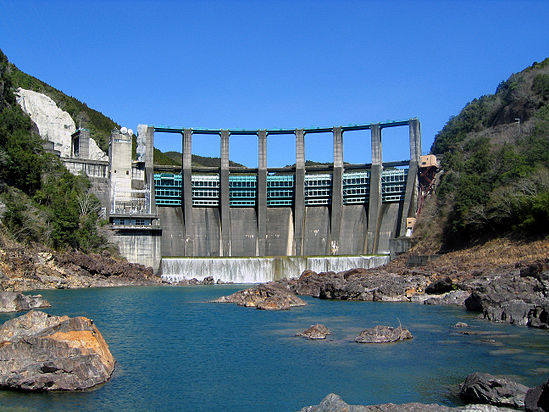
The Lake Homs Dam, also known as Quatinah Barrage, is a Roman-built dam near the city of Homs, Syria, which is in use to this day. Contrary to an older hypothesis which tentatively linked the origins of the dam to Egyptian ruler Sethi (1319–1304 BC), the structure dates to 284 AD when it was built by the Roman emperor Diocletian (284–305 AD) for irrigation purposes. With a capacity of 90 million m³, it is considered the largest Roman reservoir in the Near East and may have even been the largest artificial reservoir constructed up to that time. Remarkably, the reservoir has suffered very little silting since. With a capacity of 90 million m³, it is considered the largest Roman reservoir in the Near East and may have even been the largest artificial reservoir constructed up to that time. Remarkably, the reservoir has suffered very little silting since.
Sadd-e Kobar Dam, Iran
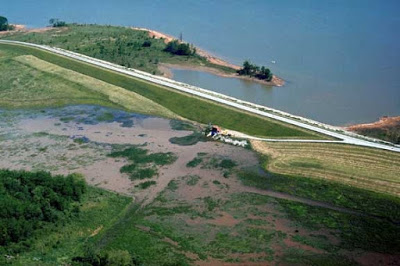
The Sadd-e Kobar Dam on the Kobar River in a 10th-century dam in Iran Built of limestone and clay. It’s a gravity dam that holds back the water entirely by its own weight. It provides protection against floods and supplies water for irrigation purpose.
What is shotcrete?
Most people are familiar with concrete but not with shotcrete. Shotcrete is a method of spraying a wet mix of concrete onto a frame of steel reinforcement. This reinforcement can be steel rods, steel fibres, or a steel mesh depending on the design detail. A high-pressure hose is guided over the structure to form an even layer and then shaped to the desired form.

Shotcrete, was originally called “Gunite” when Carl Akeley designed a doubled chambered cement gun in 1910. His apparatus pneumatically applied a sand-cement mixture at a high velocity to the intended surface. Other trademarks were soon developed known as Guncrete, Pneucrete, Blastcrete, Blocrete, Jetcrete etc. all referring to pneumatically applied concrete. Today Gunite equates to dry-mix process shotcrete while the term “shotcrete” usually describes the wet-mix shotcrete process. At point of application, both are typically referred to as shotcrete.
In 1920, this innovative process first spread to Europe, India and South Africa before finding its way to the American west coast and South America, despite the geographical proximity. This may be the explanation for the term “gunite” (Spanish: “gunita”), stemming from this earlier period, still being used a lot in Spain, whereas South American countries prefer the term “sprayed concrete” (Spanish: “hormigón/concreto proyectado/lanzado”), as well as “shotcrete” stemming from a later period of development.
Shotcrete can be applied by two distinct application techniques, the dry-mix process and the wet-mix process.
- Dry-mix shotcrete – The cementitious material and aggregate are thoroughly mixed and either bagged in a dry condition or mixed and delivered directly to the gun. The mixture is normally fed to a pneumatically operated gun which delivers a continuous flow of material through the delivery hose to the nozzle. The interior of the nozzle is fitted with a water ring which uniformly injects water into the mixture as it is being discharged from the nozzle and propelled against the receiving surface.
- Wet-mix shotcrete – The cementitious material, aggregate, water, and admixtures are thoroughly mixed as would be done for conventional concrete. The mixed material is fed to the delivery equipment, such as a concrete pump, which propels the mixture through the delivery hose by positive displacement or by compressed air. Additional air is added at the nozzle to increase the nozzle discharge velocity.
